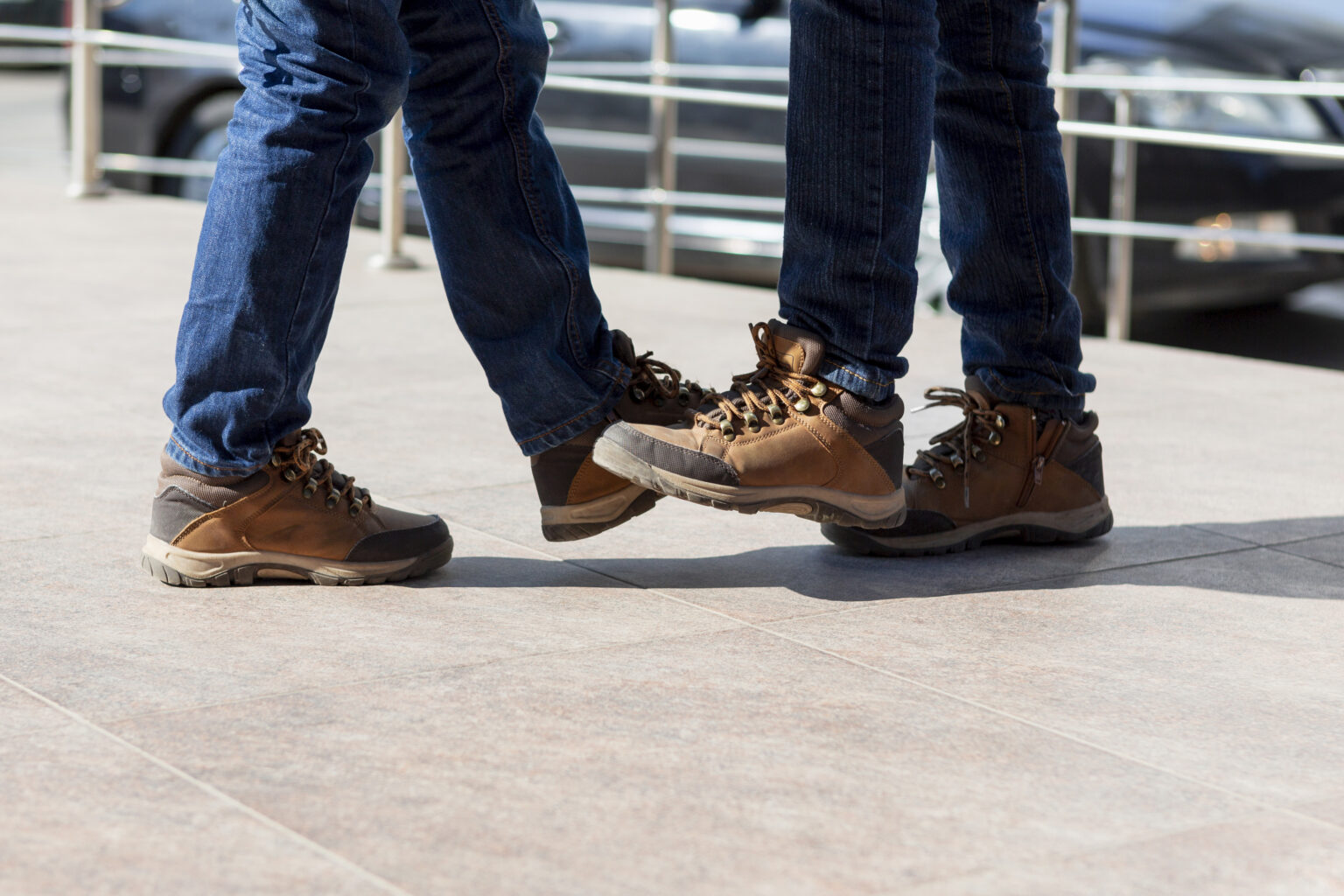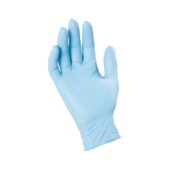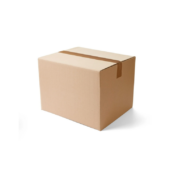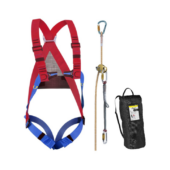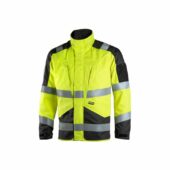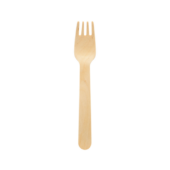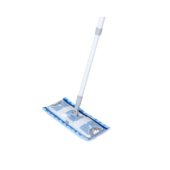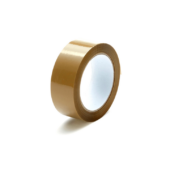Finding the right size of winter safety shoes is crucial for maintaining comfort, protection, and productivity during cold weather. Properly fitted shoes enhance comfort, efficiency, and safety in the workplace.
This guide promises to equip you with everything you need to confidently choose the perfect size, ensuring your feet are protected no matter the conditions.
We bring years of expertise in winter workwear and tackle your next challenge by offering insights on pairing your safety shoes with other essential gear.
Read on to resolve all your sizing concerns and discover solutions for your broader winter workwear needs.
Measuring Your Feet for Winter Safety Shoes
Ensuring a proper fit starts with knowing your foot measurements. Here are the steps:
- Measure in the Evening: Feet swell during the day, so take measurements after work hours for accuracy.
- Wear Work Socks: Measure while wearing the socks you plan to use with your cold weather safety boots.
- Use the Right Tools: A tape measure or foot ruler is ideal. Stand on a piece of paper, mark the tip of your longest toe and the back of your heel, then measure the distance.
| Foot Length (cm) | EU Size |
| 23.7 – 24.6 | 38 |
| 24.7 – 25.6 | 39 |
| 25.7 – 26.6 | 40 |
| 26.7 – 27.6 | 41 |
| 27.7 – 28.6 | 42 |
Accounting for Winter Conditions
Winter safety shoes need to accommodate additional factors:
- Thermal Socks: Always leave extra space for thicker thermal socks.
- Swelling in Cold Weather: Winter conditions can affect foot size, so consider flexibility when selecting footwear.
- Work Activity: Consider how much walking, climbing, or standing your job entails to ensure the shoe’s flexibility and fit remain comfortable all day.
Trying on Winter Safety Shoes

Even with accurate measurements, trying on your insulated work boots is the best way to confirm fit:
- Fit Test: Walk around to check for tightness or looseness. The toe area should provide at least 1 cm of wiggle room.
- Heel Support: The heel should stay in place without lifting during steps.
- Ankle Fit: Ensure the ankle area provides firm yet comfortable support.
If shopping online, ensure the retailer offers an easy return policy. For high-quality winter safety shoes, visit our Winter Safety Shoes category.
Sizing Variations Across Brands
Different brands may have slightly varying sizing charts. Popular European safety footwear brands like Veltuff, U-Power, and Cofra offer detailed guides to their sizing. Check brand-specific charts and reviews to account for these differences.
Tips for European Sizing Standards
Most winter safety shoes in Europe follow the EU sizing system, which corresponds to foot length in centimeters. International size conversions, such as UK and US sizes, may vary; check conversion charts for accuracy.
For compliance, ensure the shoes meet EN ISO 20345, the European standard for safety footwear, which specifies requirements for resistance to impact, penetration, and temperature extremes.
Learn more about EN Standards from this guide in Wikipedia.
| EU Size | UK Size |
| 38 | 6 |
| 39 | 6.5 |
| 40 | 7 |
| 41 | 8 |
| 42 | 9 |
Common Sizing Issues and How to Solve Them
- Too Tight: Consider a half-size up if wearing thicker socks or insoles.
- Too Loose: Enhance fit by adding supportive insoles or adjusting laces for a snug feel.
- Inconsistent Fit Between Feet: Opt for custom insoles to balance the size difference.
Pairing Safety Shoes with Other Winter Workwear
Proper fit is not just about shoes. Your overall workwear influences comfort and protection in cold environments. Pair your boots with high-quality:
- Winter Work Gloves for hand protection.
- Winter Work Jackets to maintain core warmth.
- Winter Work Pants for leg insulation.
- Winter Overalls for full-body protection.
Explore detailed buying guides like “How To Choose Work Jackets For Winter” for more tips.
Maintaining Proper Fit Over Time
Regular care keeps your safety shoes in peak condition, maintaining their fit and functionality. Ensure regular maintenance:
- Replace Insoles: If the fit feels off, changing insoles can restore comfort.
- Check Laces: Worn laces can reduce the shoe’s snugness; replace them as needed.
- Inspect Wear and Tear: Regularly check for signs of material breakdown that might affect fit.
Conclusion
We hope this guide has made it easy to understand the key aspects of properly sizing your winter safety shoes for ultimate comfort, safety, and efficiency in cold weather. By following the steps outlined here, you can confidently choose the right fit to keep you protected and productive.
Explore our curated selection in the Winter Safety Shoes category, where top brands await to meet your needs.
Looking for more winter workwear solutions? From jackets to gloves, discover how to complete your cold-weather gear and tackle every challenge with confidence. Start by checking out our guide on “How To Choose Work Pants For Winter”.
Your safety and comfort are our priorities—let us help you prepare for every winter task ahead.
FAQ: Winter Safety Shoe Sizing
Opt for the larger size for extra room, especially if wearing thicker socks or insoles. Always ensure a snug but comfortable fit
Check product details for waterproof features like Gore-Tex, or ask the retailer. Not all winter safety shoes are waterproof.
Winter safety shoes are designed for work, but some can be used for light outdoor activities if they offer good ankle support, grip, and insulation.
Many do, but check product details to ensure they meet safety standards like EN ISO 20345 for steel-toe protection.
Clean regularly, let them air dry, and apply waterproofing spray. Replace insoles and laces as needed to maintain fit and comfort.

